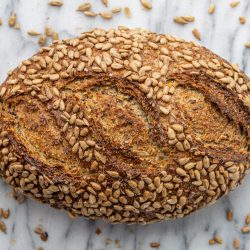Across the Zingerman’s Community of Businesses, the rich regionalism of foodways is central to our vision and inspires us to travel, learn, and educate. Knowing the history behind whole cuisines, particular dishes, and individual ingredients, as well as the people who are creating them today, is the foundation of our approach to the foods we make and sell—as is working with others to transform systems when necessary.
Food has close ties to geography, speaking magnitudes about the history and ecology of the land, as well as the personal and shared pasts and daily experiences of its people. These ties are an enriching part of travel and a grounding element of our lives at home. Unfortunately, this regionalism and seasonality have been greatly disrupted by the homogeneity of the industrial food system and the global economy. Luckily, the local food movement is regenerating these connections in ways that both honor tradition and history and reflect modern concepts of conservation and cultural globalism.
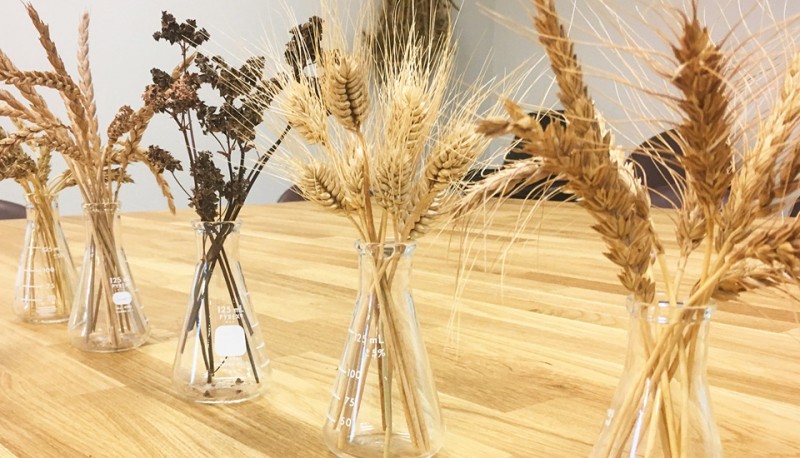
From craft beer to local wine to fruits and vegetables at the farmers market, much of Michigan’s local food economy is going strong. However, grains remain an underdeveloped aspect of the movement here. Grains that more closely and richly reflect the land and the society on it are a key, but often overlooked, part of robust local foodsheds. (Watersheds are used to describe where a region’s water will eventually terminate, and it is from this concept that the newer idea of foodsheds draws their name. A definition of foodsheds is “the geographical area between where food is produced and where the food is consumed.”) The area between you and where your grains grow is probably vast and in many cases untraceable due to the grains being mixed and combined during the cleaning, storage, and milling processes. Participating in the rebuilding of this rich topography is a foundational piece of our grain work at the Bakehouse.
Currently, most grain grown in Michigan is soft winter wheat used in pastry flour. Of the soft red and white wheats here, most are hybrids bred by Syngenta for very broadly regional yield performance, rather than locally adapted varieties. Most wheat is grown as part of a conventionally-managed corn-wheat-soy rotation where the harvest is taken to a grain elevator and mixed. This has worked well for many generations giving the public what we wanted—consistency and low cost due to high yields. Flavor lost rank as a key criterion many, many decades ago. It is just recently that people are looking for traceability and regional varieties with unique flavors.

It wasn’t always like this. Historically, Michigan was a fertile grain growing region where many varieties of wheat, rye, and barley could all be found in abundance. Based on this history, we know it is possible to grow more varied grains here, but locally acclimated seeds are hard to come by and best practices for growing and baking with them need some serious updating.
Now that consumers are interested in named grains with unique qualities and traceability, the grain system and the players in it are adjusting. It’s a massive change on many levels which will take years to be fully realized because it reflects a complete paradigm shift from a commodity market to a more specialized market. New economic systems and infrastructure need to be developed and new skills need to be learned along the entire supply chain. This process of change will move more quickly if we, end consumers and food makers, can demonstrate a demand. If we do, markets full of diverse local grains could be just a few growing seasons away.
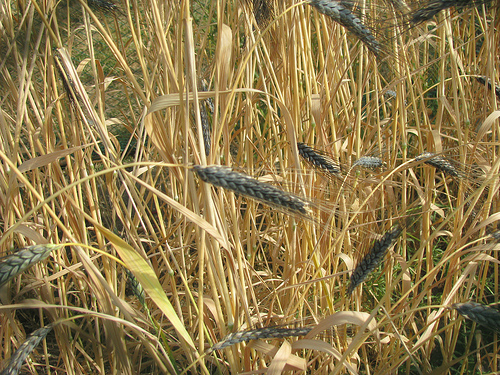
We are particularly inspired by the work being done to foster regional grain sheds in Washington and New York and the way these states are regaining and reimagining local food systems. Washington state is home to the Bread Lab, run out of Washington State University and directed by Dr. Stephen Jones, who will be visiting us and giving a “brown bag talk” at BAKE! on March 7th, 2019. This lab conducts genetic research and wheat breeding aimed to provide farmers, craft processors, and consumers with flavorful and nutritious wheat varieties that yield well for farmers and are suited to sustainable, organic growing methods. This type of work is foundational to building a new grain economy that works for everyone involved along the supply chain.
Crossing to the other side of the country, GrowNYC’s Greenmarket Regional Grains Project has been working for over a decade to bring regional grains to their farmers markets. The initiative began by requiring bakers participating at Greenmarket farmers markets to use at least 15% local grain in their products and has evolved into more broad grain supply and distribution work and partnerships with Cornell’s Small Grains Breeding and Genetics program.
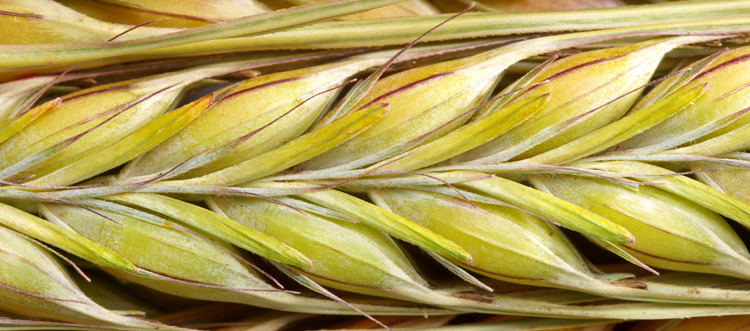
The work at the Bread Lab and GrowNYC offer frameworks for us to use in our own unique community. The exact trajectory this will take for us and others in our area remains an exciting mystery. By their very definition, food systems are context dependent and it leaves us daydreaming about their manifestation here. We are currently working towards partnerships with institutions like Michigan State University and the University of Michigan to test grain varieties’ growing capacity and baking performance in our unique area. We are also working with the many other farmers and millers in our community who are engaged with this project. A transformation of this size takes many individuals and institutions approaching the challenge from different perspectives and with different skills and resources.
What would a grain shed that tells the stories of the midwest and of Michigan look like? Right now at the Bakehouse, it looks like our True North bread with wheat grown on the Leelanau Peninsula and milled by Bill Koucky in Traverse City. It looks like cookies and scones made with freshly milled, whole grains grown in Eaton Rapids by the Ferris family and in Caro, Michigan by the Vollmars. It looks like rye breads made with grain from Molly Breslin of Breslin Farm in Illinois, Celebration Wreaths made with warthog wheat grown by Harold at Janie’s Farm, and baked oatmeal from Michigan oats from Megan Phillips Goldenberg of Macon Creek Malthouse. The list is ever evolving and growing.
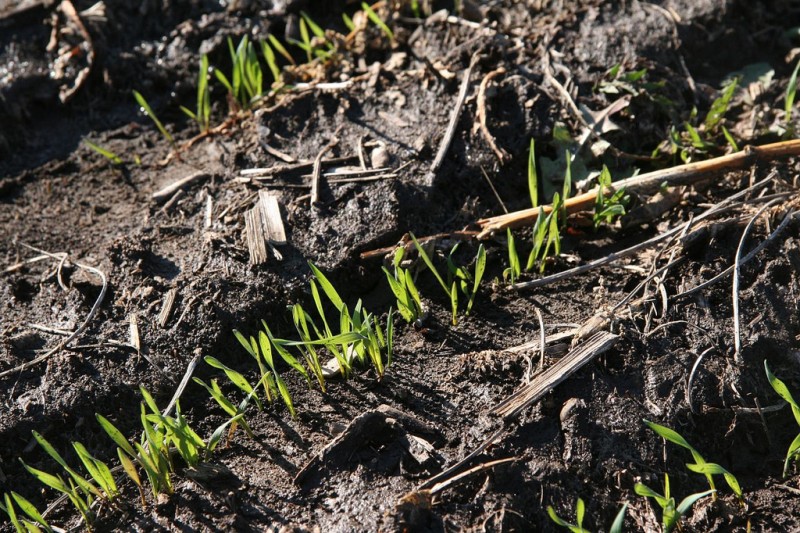
It also looks like our latest farmer collaborators, the Luckhardt family’s January wheat fields in Saline, which to be honest, mostly look like dirt. But if you look closer, crouch down a bit, the field is full of row after row of tiny green shoots that have been up since this fall. They look like brave little blades of grass and we have plans to make you bread with their grain come next summer. If you squat down closer still, maybe you can even hear some of that storytelling food has been known to do. Maybe you can hear the story of us.
By Hailey Schurr, Bakehouse Sourcer-ess
Photos by the Bread Lab (1st & 2nd), GrowNYC (3rd), Macon Creek Malthouse (4th), and Molly Breslin (5th)
Bakehouse Sourcer-ess
